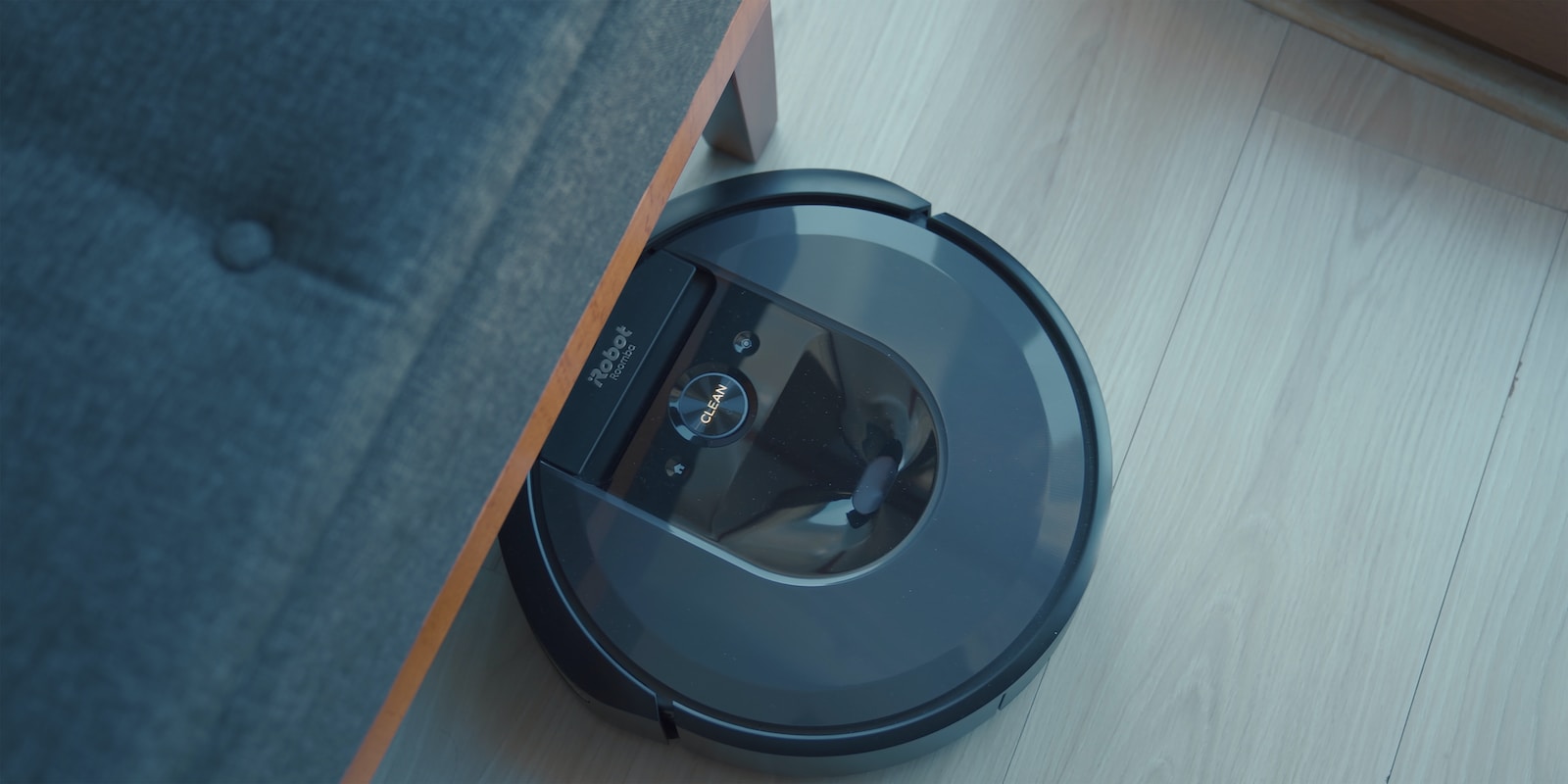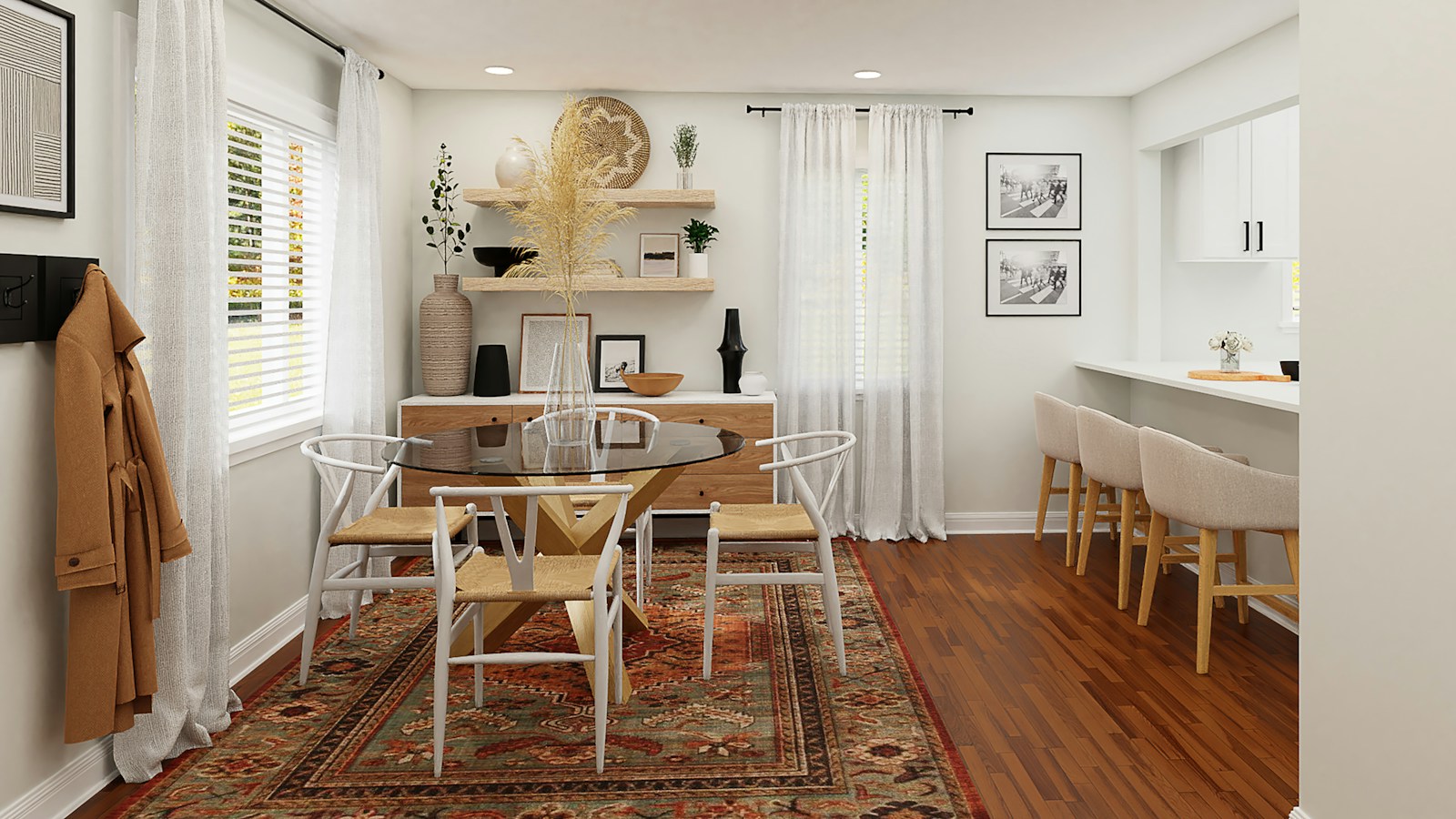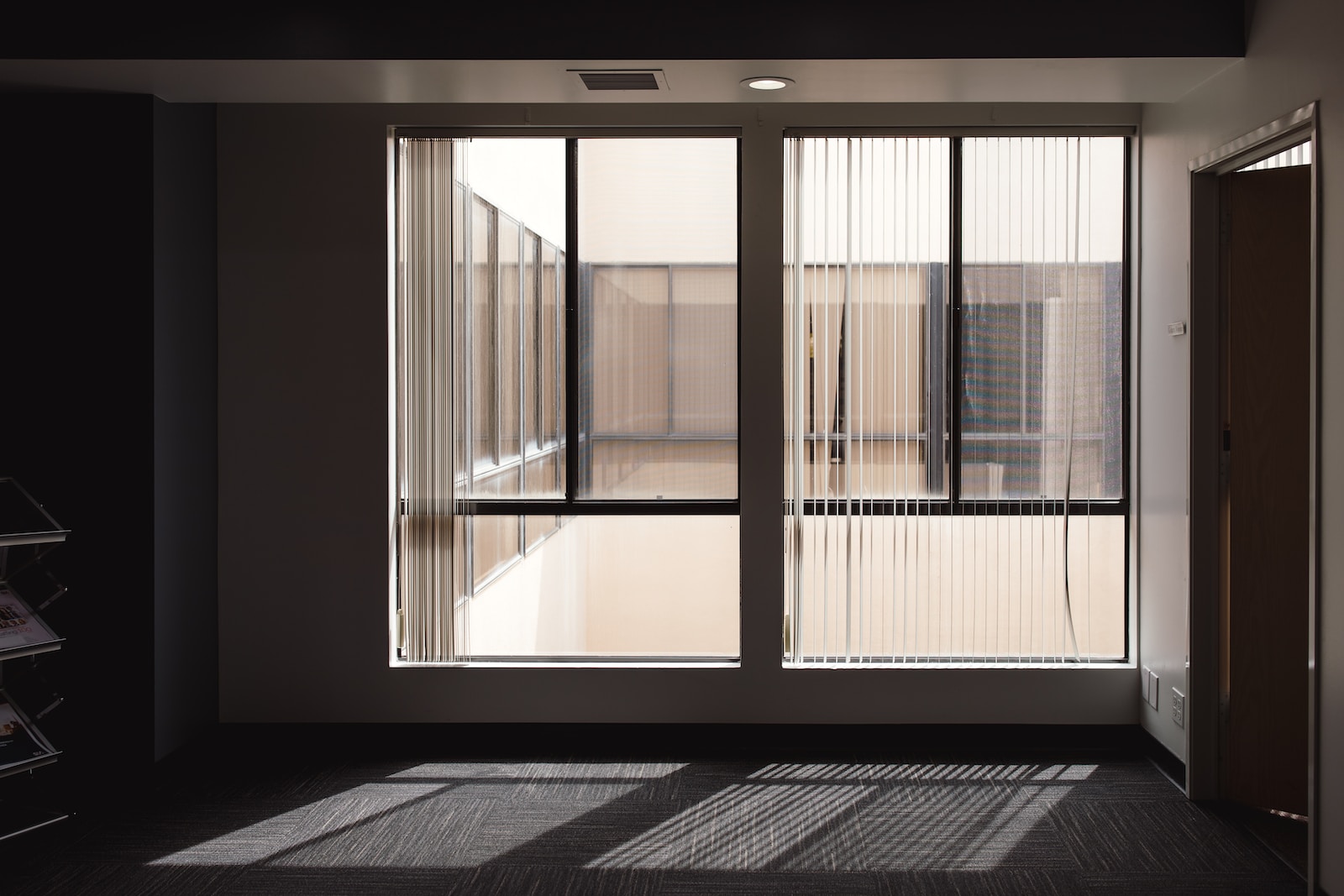Are you tired of the traditional brick-and-mortar homes that dominate the real estate landscape? Have you ever considered living in a container home? Yes, you read that right! Container homes are gaining popularity as a sustainable, affordable, and versatile housing option in the future real estate market. While container homes may seem like a quirky choice for housing at first glance, they offer many advantages over traditional site-built homes that are driving their increasing acceptance.
Eco-Friendly Foundations
One of the most significant benefits of container homes is their eco-friendliness. Shipping containers, which form the basic building blocks of container homes, are made of corrosion-resistant steel. This durable material allows container homes to withstand harsh weather conditions without sustaining damage like traditional wood-frame homes. The steel construction also makes container homes easy and affordable to insulate. Proper insulation is key to reducing energy costs for heating and cooling a home. By achieving high insulation values, container homes can be very energy efficient, lowering their owners’ carbon footprint and utility bills.
Affordability and Economic Sustainability
In addition to environmental sustainability, container homes also offer significant economic sustainability through their affordability. Traditional site-built homes can often cost hundreds of thousands of dollars to construct due to factors like high-priced building materials, lengthy construction timelines, and professional labor costs. In contrast, the basic construction of a container home involves repurposing shipping containers that are relatively inexpensive. Reports indicate the average cost of a single used shipping container ranges from $1,500 to $3,000. When combined with lower costs for installation and finishing than traditional builds, container homes allow homeowners to achieve significant savings. For example, a basic two-bedroom, one-bathroom container home could potentially be constructed for under $50,000, compared to over $150,000 for a similar traditional home. This affordability makes container homes an excellent housing option for those on a budget, first-time homebuyers, or people looking to live simply and sustainably.
Modularity and Flexibility
Another advantage of container homes stems from their modularity. Because container homes are constructed from discrete shipping container units, they allow for flexible, customizable designs. Homeowners can add or remove containers as their housing needs change over time. For example, a growing family may start with a basic two-container home but add a third container later to accommodate more space. Or a downsizing retiree could remove containers to right-size their home. This modular quality provides an adaptive quality lacking in traditional site-built homes. It also allows container homes to be rapidly reconfigured for uses like temporary housing after natural disasters.

Rapid Construction Timelines
The modularity of container homes also enables rapid construction timelines that are highly desirable for real estate developers. While traditional homes can take months or even years to design, permit, and fully construct due to their complexity, container homes benefit from a streamlined, simplified building process. Basic container homes can reportedly be constructed in as little as a few weeks. This rapid timeline offers significant advantages for infill development projects where time is of the essence. It also reduces costs that would otherwise be incurred due to lengthy construction periods. Rapid construction has allowed container homes to already see successful use in urban renewal projects where they helped revitalize neglected neighborhoods and boosted surrounding property values.
Impact on Property Values
As container home construction gains more mainstream exposure and acceptance, their impact on future property values is also becoming clearer. While still a relatively new concept in many housing markets, container homes have demonstrated their potential to increase property values when used strategically. For example, container homes have been incorporated into high-profile urban infill projects where their modern, sustainable designs attracted young professionals and families, driving local real estate prices upwards. As the real estate industry better understands the container home market potential, their presence in a neighborhood is less likely to have a negative impact and may even confer value as a unique, design-forward housing option. With rising interest in eco-friendly features and customizable spaces, container homes seem poised to maintain strong resale values.
Versatile Designs for Urban Living
The versatile designs possible with container homes also make them an excellent housing solution for dense urban areas facing population growth and limited land availability. Cities around the world are struggling to accommodate swelling populations within existing footprints. Container homes provide a flexible solution through their modular stacking and combination potential. Units can be placed side-by-side, stacked up to three levels high, and interconnected to create compact yet efficient living spaces. This allows more housing capacity within the same physical area compared to traditional single-family homes. Stacked and interconnected container home communities are gaining traction worldwide as innovative ways to concentrate housing while maintaining open green spaces. When combined with features like rooftop gardens and solar panels, container homes deliver sustainable density that appeals to urbanites.
Architectural Innovation and Technology Integration
Within the container home sector, architectural innovation is also driving increased interest and adoption. Forward-thinking designers are creating container home designs integrated with smart home technologies. For example, some container homes now feature touchscreen climate controls, automated lighting, remote access via smartphone apps, and solar power generation with battery backup. This “tech-enabled tiny home” phenomenon expands the container home market by appealing to demographics like millennials who prioritize seamless connectivity. Additional architectural innovations include designs optimized for withstanding extreme weather events, container homes with modular furniture to maximize the flexible use of small spaces, and container home community plans with shared amenities like gardens, workshops, and gathering areas. As container home designs continue integrating the latest technologies and lifestyle trends, their market potential will likely continue growing.
The Future of Container Homes
In conclusion, container homes represent an exciting new opportunity within the evolving real estate landscape. Traditional housing construction and design are slow to change, but container homes deliver sustainable, affordable, and versatile living solutions increasingly sought after by modern homebuyers. Their modular construction allows rapid and flexible development, while their small environmental footprint and use of recycled materials satisfy the growing demand for green housing options. With innovative architectural designs also embracing smart home technologies and compact, efficient use of space, container homes appear well-positioned to gain broader acceptance in the coming years. For both developers and homeowners ready for non-traditional properties, container homes may be the housing wave of the future.




















Find Us on Socials